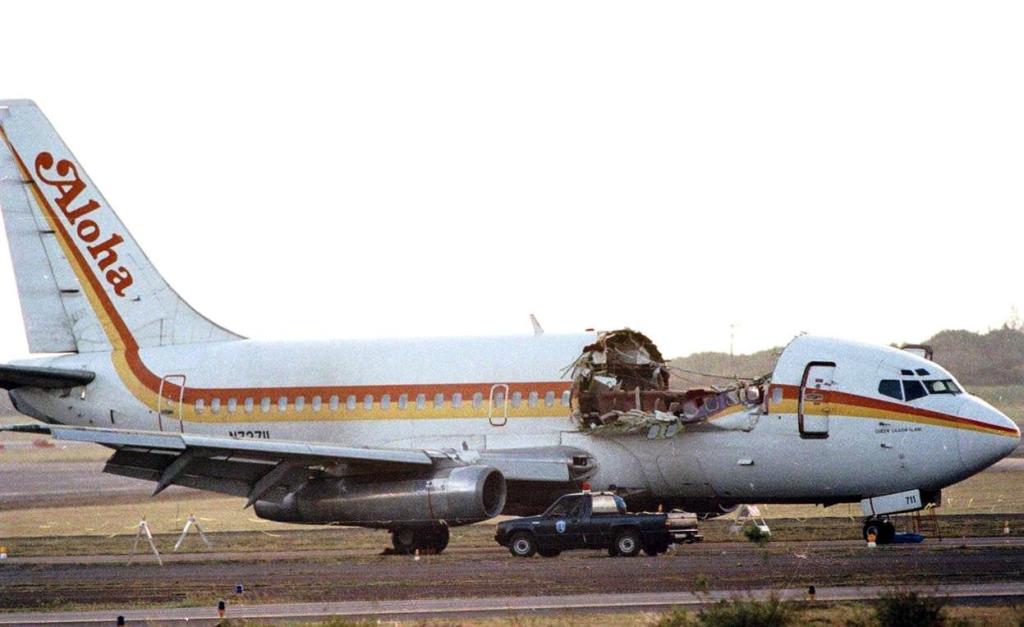
Back in 1988, Aloha Airlines was one of the major airlines in the Hawaiian islands. It connected all the islands through its hub in Honolulu, and flew from the capital city to destinations on the American and Canadian west coasts.
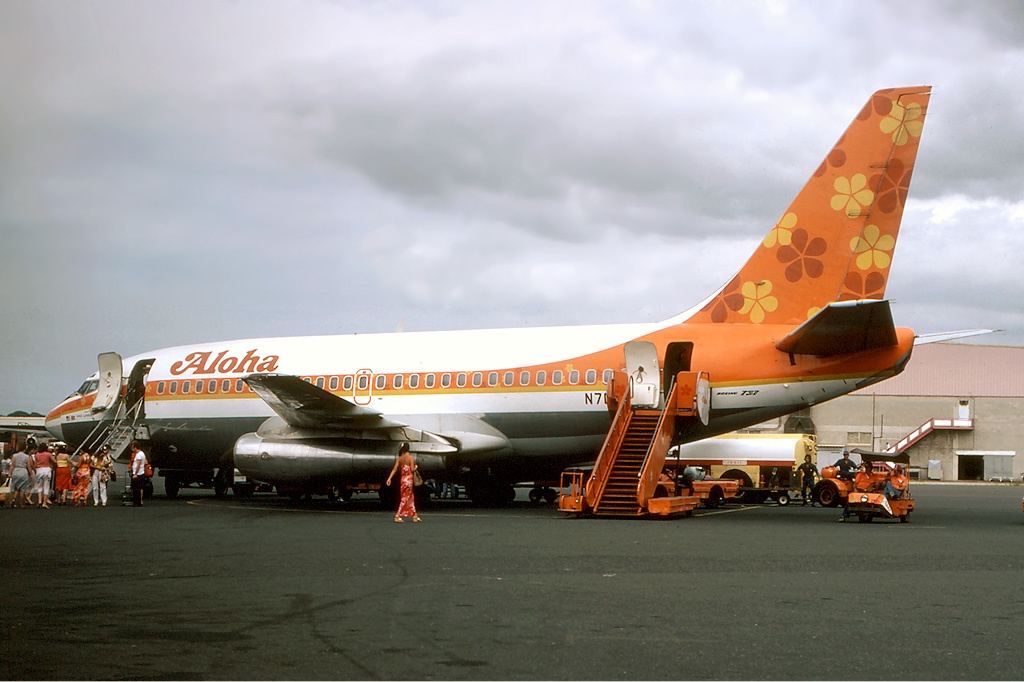
On April 28th 1988, Flight 243 was scheduled to fly from the Island of Hilo back to Honolulu, in what was supposed to be a quick flight. The plane on this route was a Boeing 737-200, and nothing unusual had been noticed during the pre-departure inspection. Just on that day the plane had already made three round trip flights, and nothing seemed out of the ordinary.
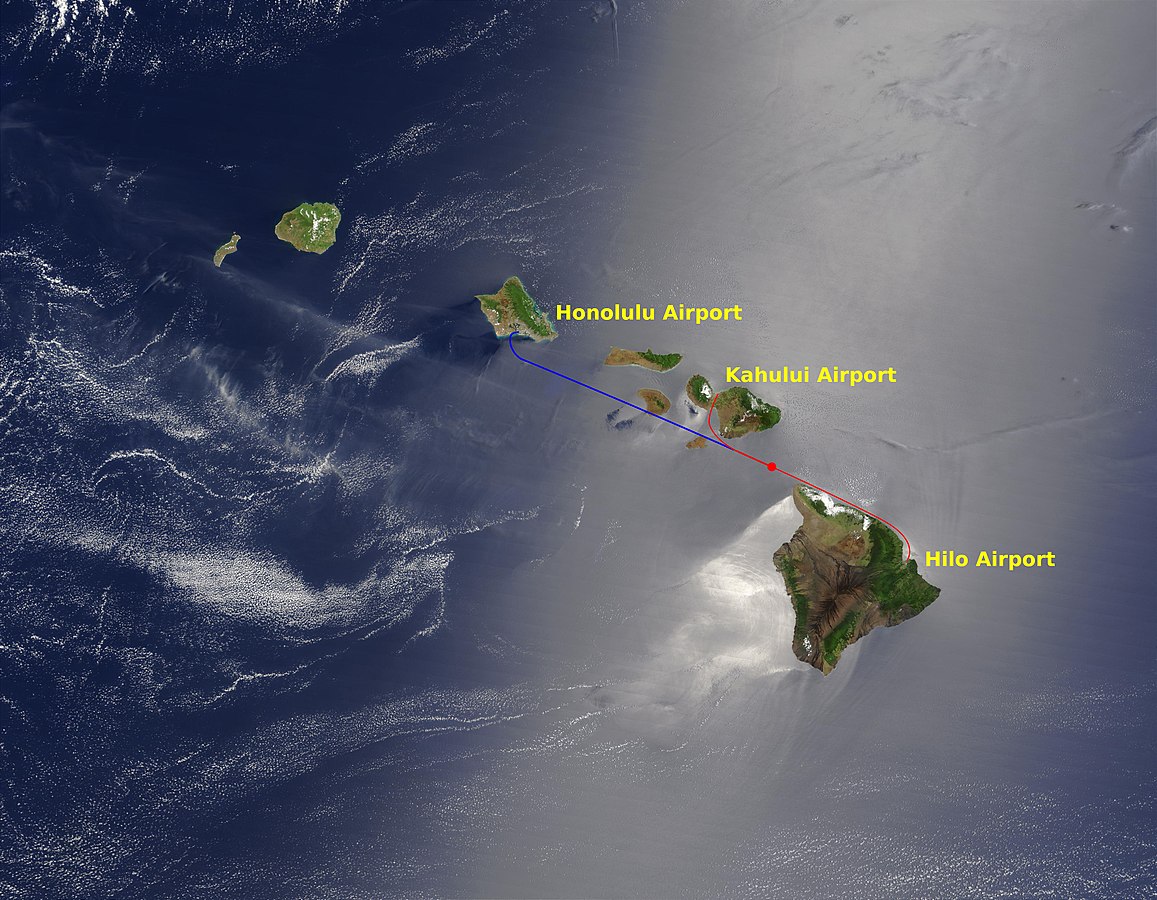
The captain on board was highly experienced and had a total of 8500 flight hours. The co-pilot was also an experienced pilot with 8000 flight hours himself, and in total there were six crew members and 89 passengers on board.
The plane took off from Hilo and reached its cruising altitude without any issues. One of the flight attendant had just started serving drinks in the first class area, when everybody suddenly heard a loud bang. And in just a matter of seconds, the roof of the airplane from the back of the cockpit all the way to the wings got torn off!
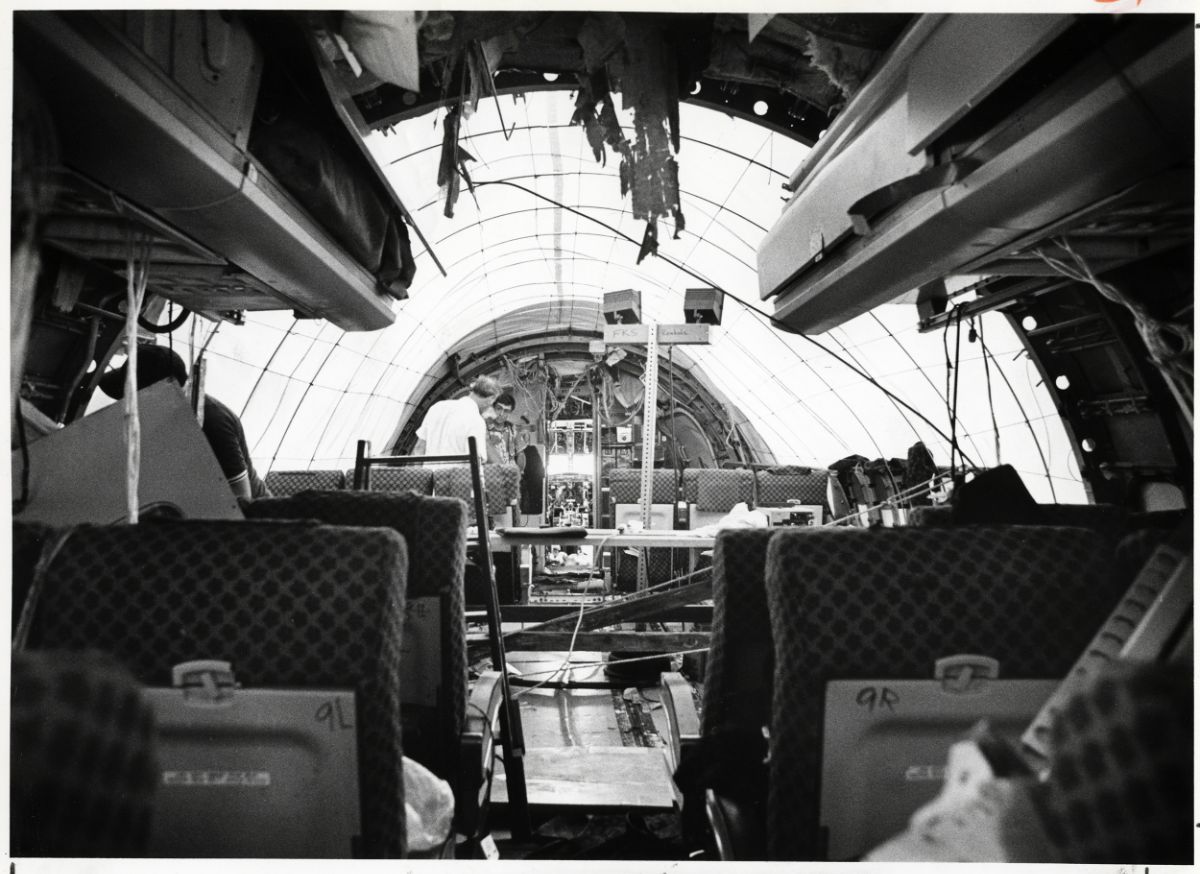
The flight attendant that was serving drinks at that time, was immediately sucked out of the plane, and her body was never discovered. Fortunately though everyone else was still wearing their seat belts, which prevented them from being pulled out as well.
But that wasn't the only danger. The remaining 94 people on board were exposed to flying metal and debris from what had just been the roof. One unlucky passenger that had been sitting next to the window, had her face sliced repeatedly by flying metal and flailing wires!
After hearing the bang and noticing the sudden change in cabin pressure, the captain turned around and realized that not only had the cockpit door just been ripped out, but all he could see behind him was just the clear open sky. Luckily the pilots still had full control over the airplane and they began an immediate descent.
They changed their course to the nearest available airport over on Maui, and prepared for a difficult landing. The plane began to violently shake and roll, because a lot of the metal from the roof had been sucked into both of the engines. This caused engine one to shut down, and the crew couldn't get it to restart. They now had to rely on just one engine, which is possible for an airliner, but it does make the job a lot harder for the pilots.
The good thing was that the airport on Maui was just a few minutes away from where the accident had happened, but when the crew attempted to lower the landing gear, they didn't receive a green light indicating that it actually had been lowered, but also didn't get a red light that shows that it had failed. The pilots had no idea if the landing gear was there or not!
Meanwhile the passengers on board were obviously afraid for their lives. At first most assumed that the plane was going down and everybody was going to die, but after a while when that didn't happen and the plane kept flying, many people reported afterwards that they began to feel hope.
It took the plane just 13 minutes from the accident, to fly to Maui and perform a successful landing with the landing gear deployed.
Everybody on board was successfully evacuated, with 65 people having been injured, of which eight of them were serious, and one in critical condition. But the good news was that almost everyone survived!
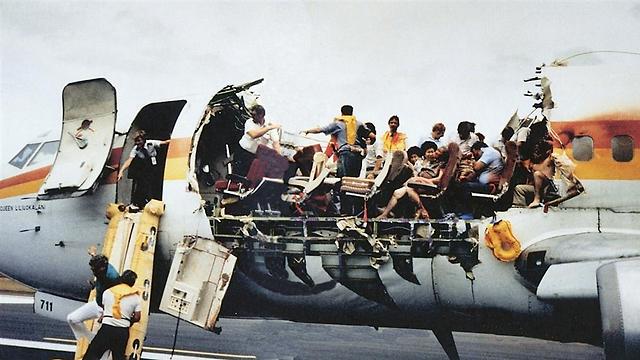
There was one more complication though, Maui didn't have the infrastructure at the time to handle an emergency of this size. They only had two ambulances on the island, and air traffic controllers had to reach out to a tour company, to help them transport passengers with their tour busses.
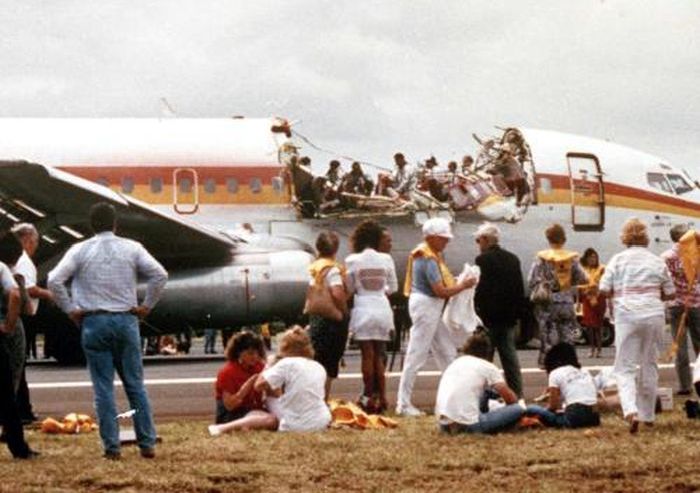
The aircraft itself was of course damaged beyond repair and it was written off, and dismantled where it landed.
Afterwards everyone wanted answers as to how an airplane's roof could just suddenly fly off in mid-air.
Usually an air crash investigation can take a long time, but in this case the cause was quickly found. An investigation by the US National Transportation Safety Board (NTSB) concluded that the accident happened due to metal fatigue.
The Boeing 737-200 was designed to have a life span of 20 years, but the plane involved in this disaster was 19 years old. Not exactly a young aircraft, but still within the safe zone, but that wasn't really the problem though.
The 737 was also designed for a maximum of 75.000 flights. This is because over time the pressurization and depressurization cycles that a plane goes through will weaken its structural integrity.
Since this plane was used exclusively for short hops between the Hawaiian islands, it had made 89.680 flights in its lifetime! Well above the maximum limit. Metal fatigue had occurred around the rivets that held the fuselage together, causing the roof to be torn off.
None of these problems were ever detected by Aloha airlines, so the NTSB placed the blame fully on the negligence of the airline. This whole accident could have been prevented if Aloha Airlines had done its job.
But luckily in the end, the accident only caused one death and everyone else survived, due to the experienced pilots at the helm!
Thanks for reading and I hope you enjoyed this article!
Congratulations @zirbo! You have completed the following achievement on the Hive blockchain and have been rewarded with new badge(s) :
You can view your badges on your board and compare yourself to others in the Ranking
If you no longer want to receive notifications, reply to this comment with the word
STOPCheck out the last post from @hivebuzz: